Nilanjan Datta is a graduate of Film Editing from Film & Television Institute of India, Pune. Before making `The Head Hunter’, his first feature film, Nilanjan has made short fiction films and documentary films. He has also been awarded the National Award for his documentary film ‘Bhanga Gara’ in the year 2009. Nilanjan was born in Assam and grew up in Assam and Arunachal Pradesh. `The Head Hunter’ was part of Mumbai International Film festival and Indian Panorama at the 46th International Film festival of India, and Canada International Film Festival, Vancouver. He received Special Jury Mention for Best Debut Direction at the 25th Aravindan Purushkaram, Kerela and Special Jury mention at the 11th Prag Cine Awards, Assam. He has been awarded the National film Award for “The Head Hunter” this year. Presently he is an Associate Professor of film editing at FTII, Pune.
As a child what were your early influences towards cinema? Art, literature, graphics, photography?
Cinema happened in my life pretty early. My father is a film buff and from a very early age, I started to watch films with him. And he introduced me to Ritwik Ghatak’s Meghe Dhaka Tara, which is also one of his favorite films.
My uncle was the first press photographer of Assam and had a photo studio, where I used to learn how to develop and print black and white photographs. The magic of image appearing in the printing paper inside a dark room used to fascinate me. He was also a theater and cinema buff and influenced me in my childhood.
How did you first become interested in film direction?
I had this inner desire to tell stories from my home state as I grew up in a time when Assam was in the midst of a massive agitation in the early 80’s. Somewhere the question of one’s own identity got ingrained in me and that’s something I wanted to ask through my stories. In my later years, I decided to make films but then had no clue of how to achieve it till I heard of FTII, Pune.
What steps did you take to train yourself?
I left North-East after 12th as I wanted to get exposed to good cinema, which was not possible otherwise. Once I came to Pune I joined the National Film Archive Film club in the year 1994. That was the time that I got exposed to world classics and the masters of cinema. I also made friends with some of my seniors from FTII. They helped me in my initial journey to understand cinema as an ‘ART’. In the year 2000, i joined FTII and decided to specialize in Editing. I initially had the fear that if I do not acquire necessary skills as a technician, I might be penny less, a fear that I later realized was incorrect. My Direction HOD, Mr. Surinder Chaudhary had asked me to take Direction as my specialization and he told me that “If you want to learn swimming jump into the water”. But I didn’t listen to him. While studying editing, I would read a lot about film theories and criticism. After I graduated, started to direct documentary & corporate films, which had helped me immensely in honing my skill as a filmmaker.
Have you assisted anyone? How does it help one?
I did not assist anyone as I always had this belief that three years of FTII had trained me enough to take the plunge. I did join Mr. Gajendra Singh as the creative Director for a reality show for the Star Channel, which taught me the importance of time management and that eventually helped me while I was making low-budget film “The Head Hunter”.
How did your first film project ‘The Head Hunter’ come about? Tell us something about the experience. Now that you have made the film, what is your plan for it?
I had written “The Head Hunter” as a short film of 45 minutes duration, which was supposed to be a part of a package called 1 Master 4 Students and Mani Kaul Sir was supposed to be the Master. It finally never took off but then I got in touch with Sunil Doshi through Mani Sir. Sunil Doshi was interested in producing the film. But after the initial recce in the year 2007, he had to back out because of financial problem. I continued to look for funds for the film and veteran Film Production Manager Narayan Swamy read the script during that time and he joined me in my struggle to make the film. It took 7 years for both of us to finally find finance for the film and 3 producers together made it possible.
My future plan for the film is to somehow release the film in Arunachal Pradesh and show it to the people there. I also want to release it in limited urban centers of India. So I am trying to raise some capital from the government, as finding distribution from the mainstream for such a film is almost zero.
Tell us something about crowd funding. Do you think the process can be improved and become a larger contributor to a film’s budget?
I have not yet tried crowd funding but I believe that it is a good channel for the independent film-makers. I agree that the process is in its nascent stage and hopefully soon the potential of a project in its written form will be enough for the crowd-funding platform to market it and not compel the filmmaker to market their own projects, which happens most of the times. Most of the independent filmmakers are good at their job of making quality cinema but unfortunately very few of them are marketing geeks.
How do you decide on the subject of a film? What are your inspirations?
My inspiration is Ritwik Ghatak. The subjects of my film mostly come from my own experiences and I believe in projecting experiential truth to the world. I am also very lucky to have grown up in a region which was politically very vibrant and sensitive and that somehow has churned my creativity in finding stories that are universally common yet specific to the region.
Is film direction intuitive or is it something you learn?
A lot of it is intuitive but then cinema is also a language and one needs to have a command over it. Cinema as form of art has immense potential and the knowledge of it is very important. It helps the filmmaker formulate his or her own form in dealing with the content.
Do you think the audience is perceptive about how a director establishes a mis-en scene in the sense of time and space?
I don’t think much of Indian audience is cinema literate but yes they do have the sense of a connect. Indian audience also makes up for their lack of cinematic knowledge by their passion of watching the images and that is something very immensely powerful.
A film is a director’s medium, though it is often looked at as driven by Film stars. How do you deal with it?
Since commerce is integral to aspect cinema, so the market dictates the fate of a film’s success. The content of films driven by stars most of the times promises to do a sound business proposition. Although time and again good directors have made stars by introducing new talents and making a film a success in the box office. Nagraj Manjule’s Marathi Film Sairath is the recent example. But then I am sure that the people in the business will now try to use the connect that Nagraj established with his protagonist and try to make stars out of them.
My films are based in such regions and deals with such emotions that I don’t think I can ever think of in a star-driven film, until and unless a character fits some star that is irrepressible. My struggle lies there as I do not pitch a film with star and ART is not patronized in our country anymore.
Film technology is continuously changing. Do you think it affects you as a director, in the way you want to tell stories.
Well I feel digital technology is a boon to independent filmmakers like us as it is now much more easier to make a film budget wise. One can even make a film using a DSLR. My only apprehension is the progression of 3D and I feel that I have to re-invent myself once the 3D technology takes over which is possible in the near future. If all our TV sets are turned to 3D and technology I believe has already found ways of beaming 3D without the glasses, then people will get used to it so much that it will be necessary to think 3D. It’s like shifting from silent cinema to talkies and the content has to be re-defined to do justice to 3D and I still don’t think any of my content is still beyond the inherent falsity of cinema.
Your favorite films or directors? At least two of them?
Being a film student it’s difficult to name only two out of the many favorite and so will at least name three of them. My favorite film directors are prolific political filmmakers. Ritwik Ghatak, Nagisha Oshima and Jean Luc Godard.
Any hurdles you have encountered in your journey? Things that are blocks in achieving your vision while making your film.
One of the biggest hurdles is finding finance. I hope after Head Hunter the struggle of finding finance will be lesser but that’s just a hope. Initially, my biggest hurdle in becoming a director was the lack of show reel and even after I got National award for my documentary film people were not convinced, as I had not handled Actors. I hope that is now put to rest.
Do you often get all that is in your wish list or is it a hard bargain every time?
Well a master had once said “ Cinema is an Art of Limit” so it’s never ever possible that you will get everything that you wanted. But then that is also the beauty of cinema because the lack of everything needed also keeps the window of accident open, which is integral to cinema. So yes it is hard bargain every time.
What is in the kitty now?
Well I have two scripts ready to go on floor. One of them I had written before Head Hunter. I am also now writing a new script.
Any advice to the inspiring directors?
My advice is to believe in one’s own journey. There will be a lot of hurdles but as long as you have faith it will materialize if it has to. Mani Kaul sir had once told me that a filmmaker’s job is to keep writing scripts and if the film has to happen it will and the Director should stay put and I sincerely believe in it today.
Any memorable blunders?
Not listening to my teacher Surinder Chaudhary and not taking Direction as my specialization. It is not because that I don’t love editing but then that would have ensured me a show reel.
Your dream project?
“A Winter’s Tale” a fictional depiction of a true story from Assam but it is a high budget political film and so …
Who would you like to take out for dinner?
It will be my best friend, my classmate from FTII, my Editor and my Wife and above all my strength all rolled into one Navnita Sen and my son Nirbhik.
What are you listening to right now? And most recent book? And Movie?
Most of the time No Music only FM during driving. The last book I re-read is Rows and Rows of Fences by Ritwik Ghatak.
The last film I saw is Chauthi Koot by Guruvinder Singh and I loved the mis-en-scene of the film and it got etched in my mind.
Your twitter handle?
@quotenil
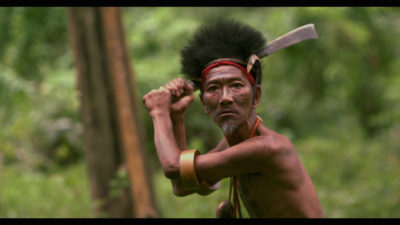
Still from the film ‘The Headhunter’ by Nilanjan Datta
https://www.youtube.com/watch?v=stE-n6w4mDY

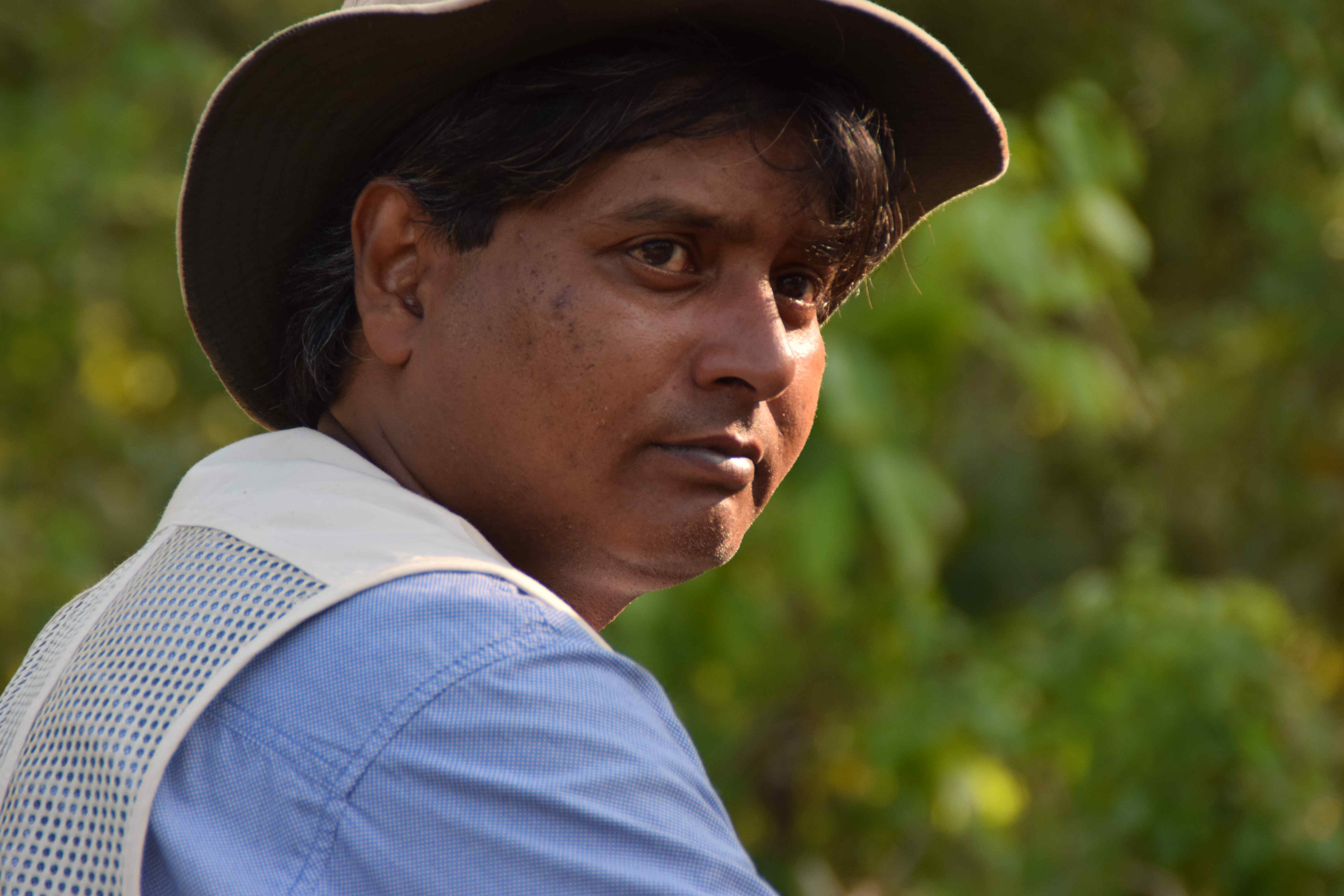
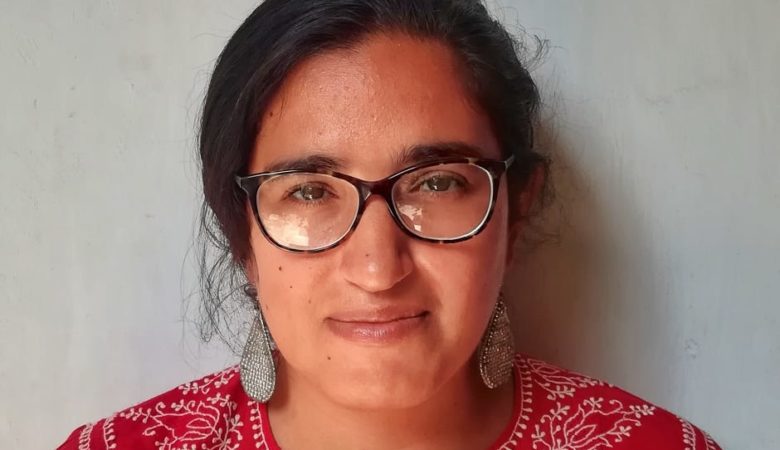
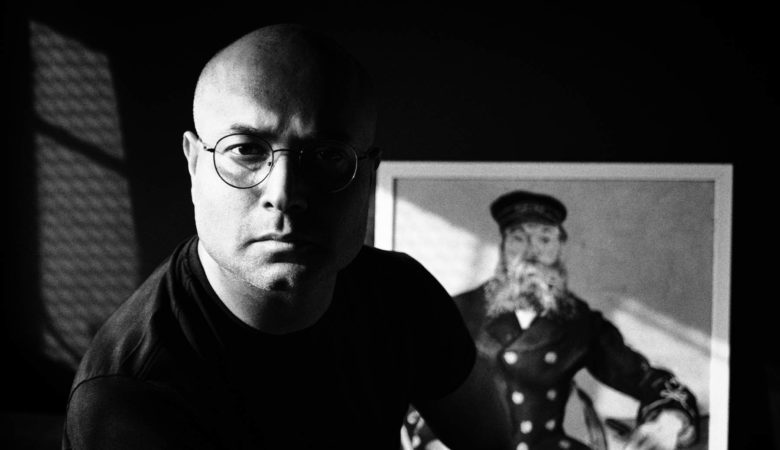
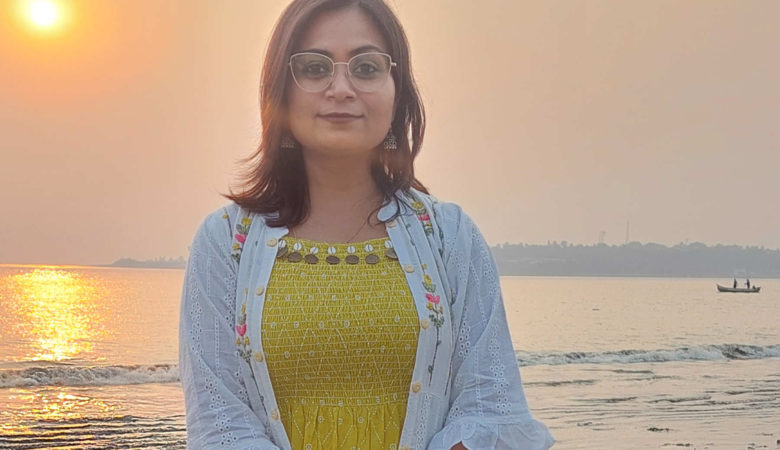
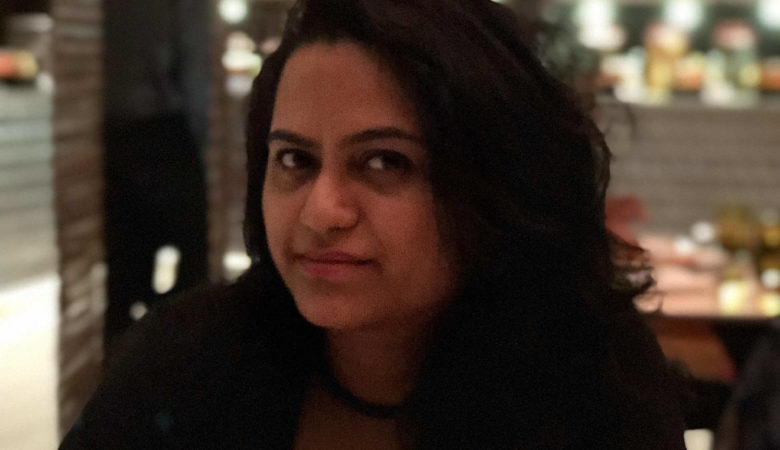

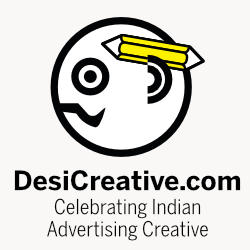

Hi Nilanjan, your interview is beautiful. Everything makes sense, the way you said it..
The trailer of The Head Hunter is very vibrant. Good to see your work again.
Good luck and thanks.
hii
Dear Mr Nilanjan
,my father was the then CO at pangchow, ahead of longding , and I grew up among the head hunters and their children every 3 months a year for 3 years . King Wankhao who was very fond of my father was a head hunter and came to our house often. I have a lot of stories to tell and really dream of visiting those villages again but surely they do not exist. Wangkhaos son was my friend and competitor in athletics and made a lot of beautiful bamboo stuff for me.If you ever make a sequel , maybe I can tell you maby stories of my childhood.